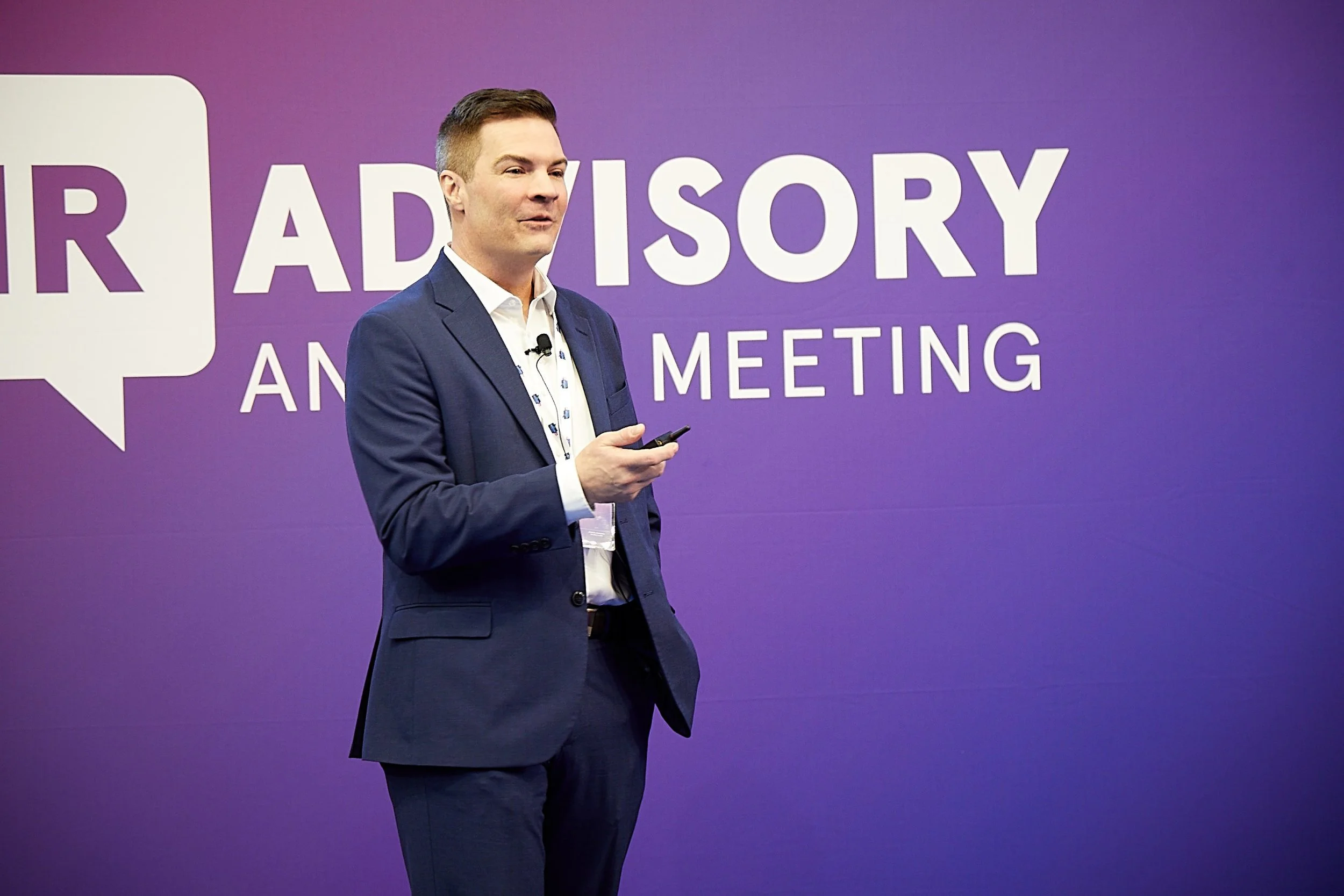A few months ago, I spoke at the first annual HR Advisory conference sponsored by Bennie. The organizers asked about what topics I would like to speak about or what was timely, and I immediately replied, “Employee engagement.” We’d lived through two years of the Great Resignation, and retention and performance from employee engagement seemed like a relevant topic.
Well, it’s been six weeks since the conference. How times have changed! We are experiencing an unprecedented economic downturn, and many organizations are responding with hiring freezes or even layoffs. And now, I think employee engagement is more important than ever.
My talk focused on four key pillars, which I believe are essential to employee engagement:
Transparency
Learning & Career Development
Cultural Engagement
Compensation & Benefits
I don’t believe the current economic climate or employment situation changes those things, but it may mean we need to lean more heavily on some more than others in this environment. Specifically, in times of uncertainty, the benefits of Transparency, Learning & Career Development cannot be underestimated.
Certainly, Cultural Engagement (especially employee time together) and strong Compensation & Benefits still need to be part of the equation, but when facing the unknown, access to clear information and a strong relationship with leaders you can trust may win the day.
Why Is Transparency So Important Right Now?
One word: Trust.
Organizations face tough decisions, and those decisions can impact employee livelihoods and careers. Before your business makes tough calls on organizational changes or headcount, it’s critical to openly discuss the economic situation and what it means for your business and your employees. Discussing potential sales dips and an increasing need to control expenses or slow hiring before these things occur is a great way to build trust.
It shows your employees that you trust them with key business information and that you care about keeping them informed. Make this an ongoing conversation with updates at regular intervals. A weekly or monthly All Hands can be a great forum for sharing this type of business context information.
Transparency builds resilience.
Employees are likely to weather any potential changes if you are straight with them from the beginning. These messages should come from both senior leaders as well as frontline managers. But it’s most critical that the people running the business speak directly to employees.
If it does come to pass that your organization needs to restructure, initiate a reduction in force or conduct layoffs, your employees will already have some context as to why and will look to you for leadership instead of Twitter or LinkedIn.
If that time comes, there are no easy ways to make or communicate the decisions. But there is one sure thing that will happen: trust will be damaged. What’s the way back? Again, it starts with transparency. This isn’t a guide on how to conduct a RIF or best communicate organizational changes (however, it’s clear that someone NEEDS to write one for these CEOs).
Once the changes are made and it’s time to communicate with the surviving employees, transparency again will be key: about all things.
What changes did we make and why?
How many employees were impacted?
How are we caring for them? What help can we give them?
With these changes, how will our business improve?
What do we need to do differently going forward to avoid this situation in the future?
All these questions and more will need to be answered. The more transparent and authentic you can be, the faster you will regain the trust of your employees and the more likely they will be to re-engage and begin to improve your business.
Learning and Career Development With People Managers
On that note, what’s the other key pillar of employee engagement in tough times? The employee relationship with their manager. There is no better way than through Learning & Career Development.
Many people think that during tough economic times, career development will suffer. If they think about career development as promotions and compensation increases in the near term, they may be correct. But in a constrained environment, the climate is RIPE for learning. A great coach and manager can seize this opportunity to engage their team in clear discussions about feedback, challenges, and opportunities to grow their skills. Constraint breeds innovation, and innovation results in new skills.
Giving employees the trust to try new things, increasing responsibility to grow new skills, and giving feedback and encouragement along the way is a sign of a great manager. That relationship can win the day and end up with a stronger, better-equipped team on the other side. A strong relationship between employee and manager also allows for tough questions to be asked and answered privately, again building trust; and in uncertain times or unfamiliar situations, people stay where there’s trust.
In summary, our current economic uncertainty has neither reduced the need for nor changed the mechanisms for creating employee engagement. In fact, it may have increased the need for leaders to actively manage it and do the things that create an environment where it can flourish.
Joe Bast, VP, People at Laika

